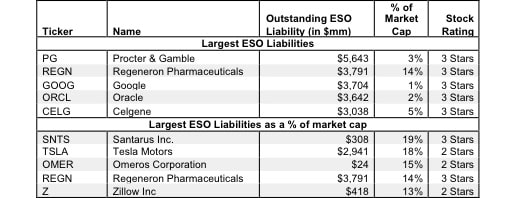This report is one of a series on the adjustments we make to GAAP data so we can measure shareholder value accurately. This report focuses on an adjustment we make to our calculation of economic book value and our discounted cash flow model.
We’ve already broken down the adjustments we make to NOPAT and invested capital. Many of the adjustments in this third and final section deal with how adjustments to those two metrics affect how we calculate the present value of future cash flows. Some adjustments represent senior claims to equity holders that reduce shareholder value while others are assets that we expect to be accretive to shareholder value.
Adjusting GAAP data to measure shareholder value should be part of every investor’s diligence process. Performing detailed analysis of footnotes and the MD&A is part of fulfilling fiduciary responsibilities.
We’ve already covered how employee stock options are a compensation expense and how GAAP standards required companies to record that expense starting in 2006. Employee stock options (ESO) don’t just affect the current profitability of a company, though. They also represent a liability based on future share dilution as employees exercise their options and add to the total number of shares outstanding. Using the Black-Scholes model, we account for the fair value of all outstanding employee stock options and subtract this value from the present value of future cash flows in our discounted cash flow model and economic book value calculation.
